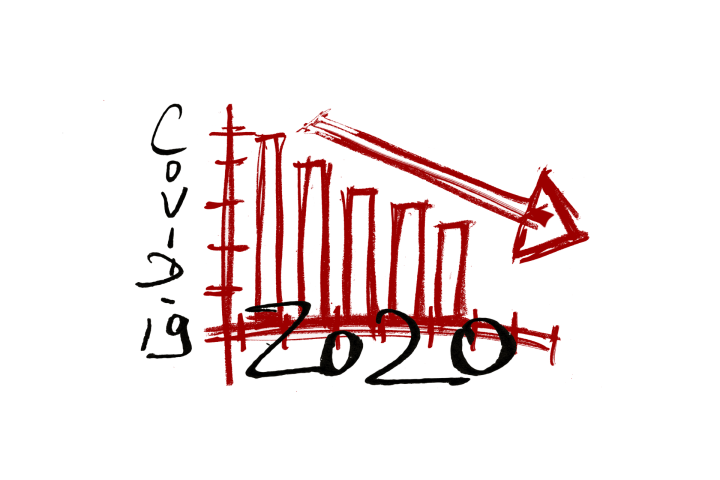BUSINESS MAVERICK
SA Reserve Bank catches the quantitative easing bug as Covid-19 infects economy, bond market

It’s official: The South African Reserve Bank has been infected with the quantitative easing bug, known in some ANC circles as ‘quantity easing’. Symptoms include buying government bonds that no one else wants, which may require printing money. In the distant past, it was generally regarded as the hallmark of a banana republic. That changed after the Great Recession of a decade ago.
The South African Reserve Bank (SARB) will embark on a programme of buying an unspecified amount of South African government bonds, the bank said on Wednesday, 25 March. This is in response to the battering the economy is taking as it goes on lockdown to contain the Covid-19 pandemic.
“As a further measure to add liquidity to the market, the SARB will commence a programme of purchasing government securities in the secondary market. The purchases will be conducted across the yield curve. In addition to providing liquidity and promoting the smooth functioning of domestic financial markets, this will allow the SARB to enhance its Monetary Policy Portfolio (MPP). The MPP is one of the instruments in the SARB’s toolkit for managing money market liquidity, and can be used to add or drain liquidity from the market. The amount and maturity of the bond purchases will be at the discretion of the SARB,” the bank said.
The SARB has said before that South Africa does not meet the criteria for quantitative easing (QE) and it did not use the term in its statement. But if it looks like a duck and quacks like a duck, chances are it ain’t no chicken. The measure may only be short term compared to other QE programmes, but it clearly seems to be a variant on the policy.
According to the website Investopedia: “Quantitative easing (QE) is a form of unconventional monetary policy in which a central bank purchases longer-term securities from the open market in order to increase the money supply and encourage lending and investment. Buying these securities adds new money to the economy, and also serves to lower interest rates by bidding up fixed-income securities.
“To execute quantitative easing, central banks increase the supply of money by buying government bonds and other securities,” it says, and this is effectively what is going on.
QE is widely reckoned to have been launched in 2000 by the Bank of Japan to stimulate an economy caught in the vortex of deflation. Subsequently it was used by other major central banks including the US Federal Reserve and European Central Bank (ECB) in the wake of the global financial crisis over a decade ago. The US Fed has now launched an “unlimited” QE programme.
In South Africa, the SARB’s hand seems to have been forced by the fact that the bond market had dried up dramatically, with lots of sellers but no buyers.
Market reaction was swift and even in these turbulent times dramatic.
According to Reuters, the yield on the 2030 government bond plummeted almost 120 basis points to 11.175% by 0810 GMT. The rand meanwhile gained around 0.7% to fetch 17.4000 to the US dollar.
“I think it’s a move forced on them to be honest. The bond market wasn’t working any longer and it’s the primary source of funding for National Treasury. Without it, not sure how government finances itself, not to mention that the rise in bond yields was so significant that it would impact massively on the country’s debt servicing costs,” George Glynos, head of research and analytics at ETM Analytics, told Business Maverick.
“So they have calmed the market panic right down and have couched it as an effort to add liquidity in that portion of the bond market that impacts quite directly on banks… Is it QE? Yes it is, couched differently so that it does not raise any eyebrows. They will probably argue that it is just a temporary aid to boost liquidity.” BM



















 Become an Insider
Become an Insider